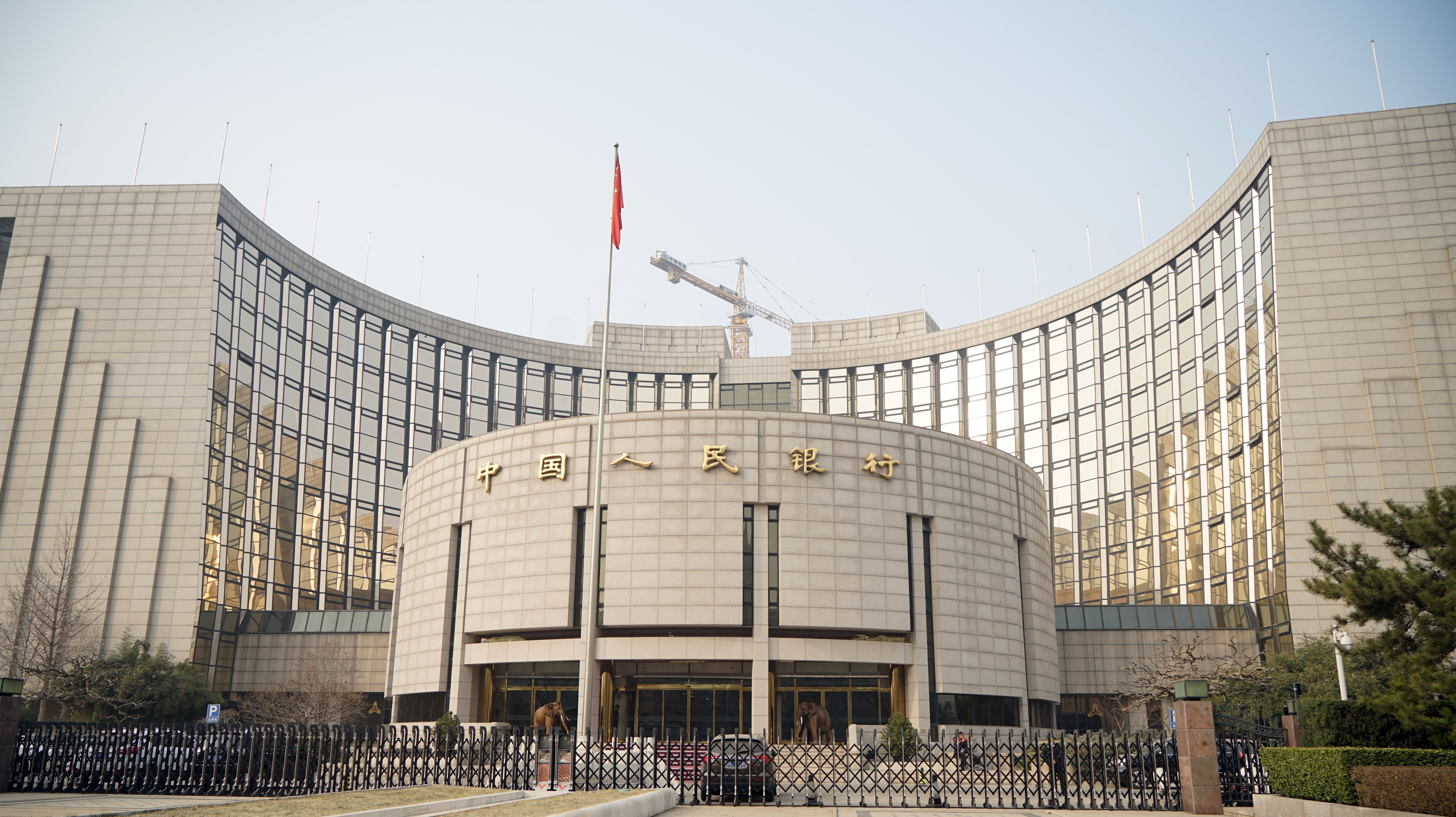
Photo taken on March 13, 2018 shows the headquarters of the People's Bank of China in Beijing, capital of China. (Xinhua/Cai Yang)
In its latest move to cut financing costs for the real economy, the People's Bank of China (PBOC), the country's central bank, unveiled a plan on Saturday to improve and reform the country's loan prime rate (LPR) mechanism.
BEIJING, Aug. 19 (Xinhua) -- Chinese companies are likely to see less financing burden thanks to a string of new government policies, analysts said.
In its latest move to cut financing costs for the real economy, the People's Bank of China (PBOC), the country's central bank, unveiled a plan on Saturday to improve and reform the country's loan prime rate (LPR) mechanism.
The new LPR's quotations, to be issued on a monthly basis starting Tuesday, will be based on the rates of the central bank's open market operations to better reflect market changes and should be adopted as the major lending rate reference for banks to issue new loans, according to the PBOC.
The move is expected to drive down the real interest rates in the economy, as the new LPR will better reflect market rates, which had been trending down, the PBOC said.
The new scheme will improve the transmission channel of the country's monetary policy, said Sheng Songcheng, former head of the PBOC statistics and analysis department.
Small and micro companies with high asset quality will benefit from the reform, Sheng added.
The new LPR scheme was part of a policy package released at a recent State Council's executive meeting, which called for coordinated use of different kinds of monetary tools and the greater role of financing guarantee in reducing the financing costs of the real economy.
Efforts will be made to make lending rates and fees more open and transparent. Charges by financial institutions will be strictly regulated, and intermediate agencies will be urged to cut fees, according to the meeting.
Rather than resorting to across-the-board interest rate cuts or reserve requirement ratio adjustments, China has been using a variety of monetary tools to channel funds into the real economy where the money is most needed.
In addition to bank loans, the country has been encouraging direct financing as an important channel for companies to raise funds.
In an official document released Sunday on the development of Shenzhen, the country vowed to improve the mechanisms for initial public offering (IPO), refinancing, mergers and acquisitions on the ChiNext, China's Nasdaq-style board.
The document also encouraged the registration-based IPO system, which cuts listing application red tape and allows more market-based pricing, a boon to growth enterprises seeking to raise money.



